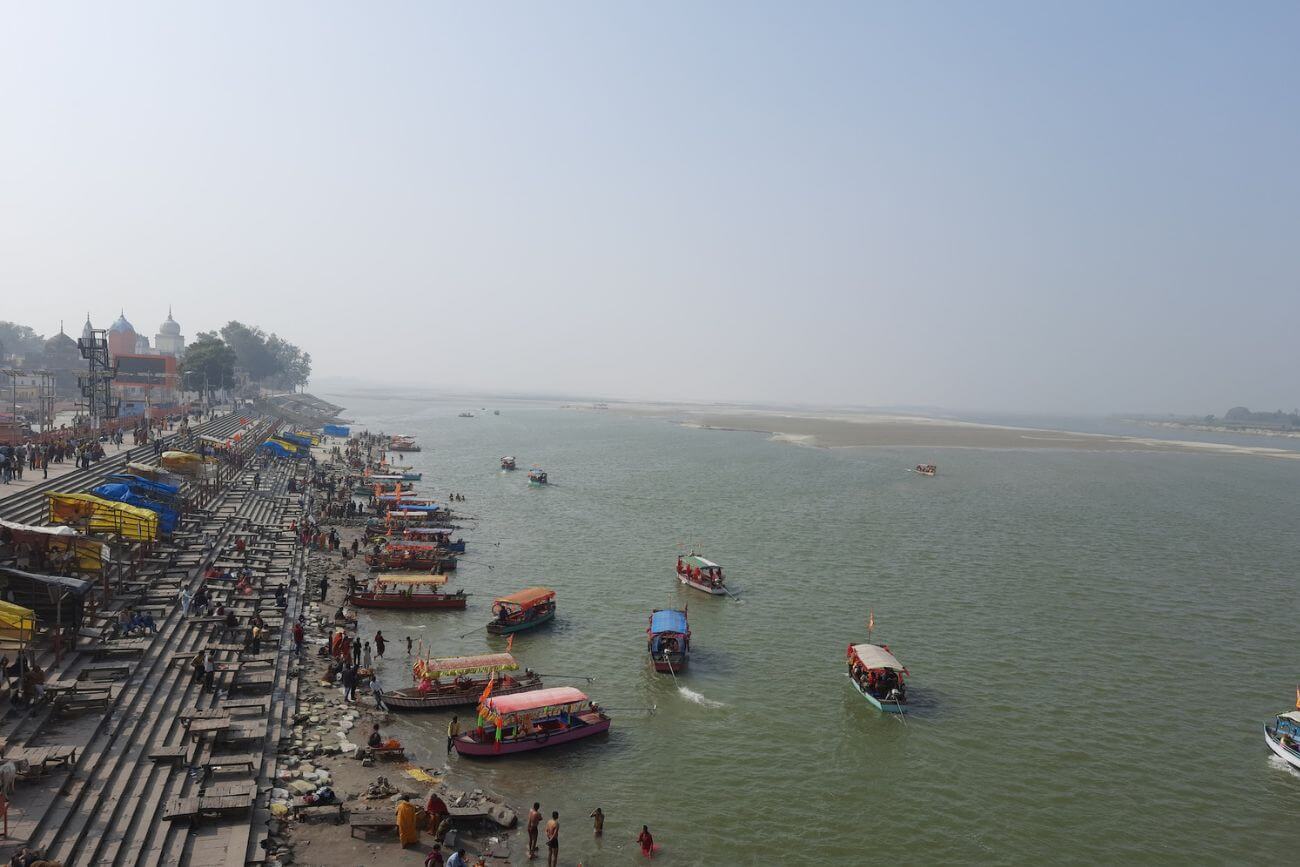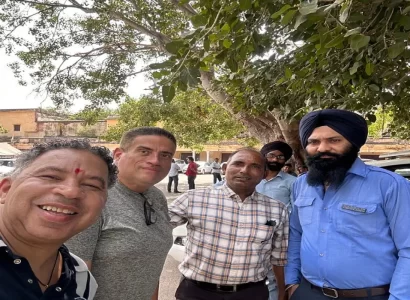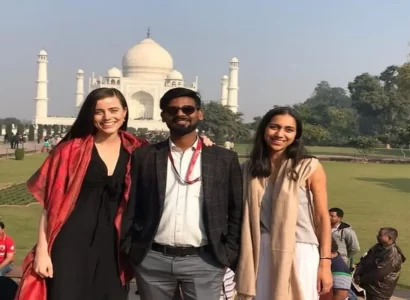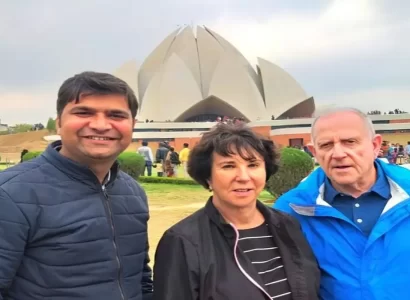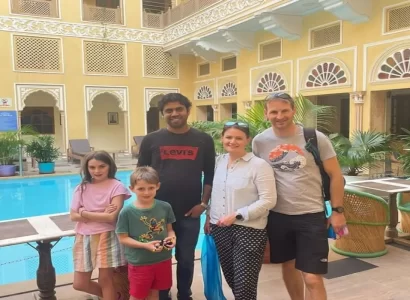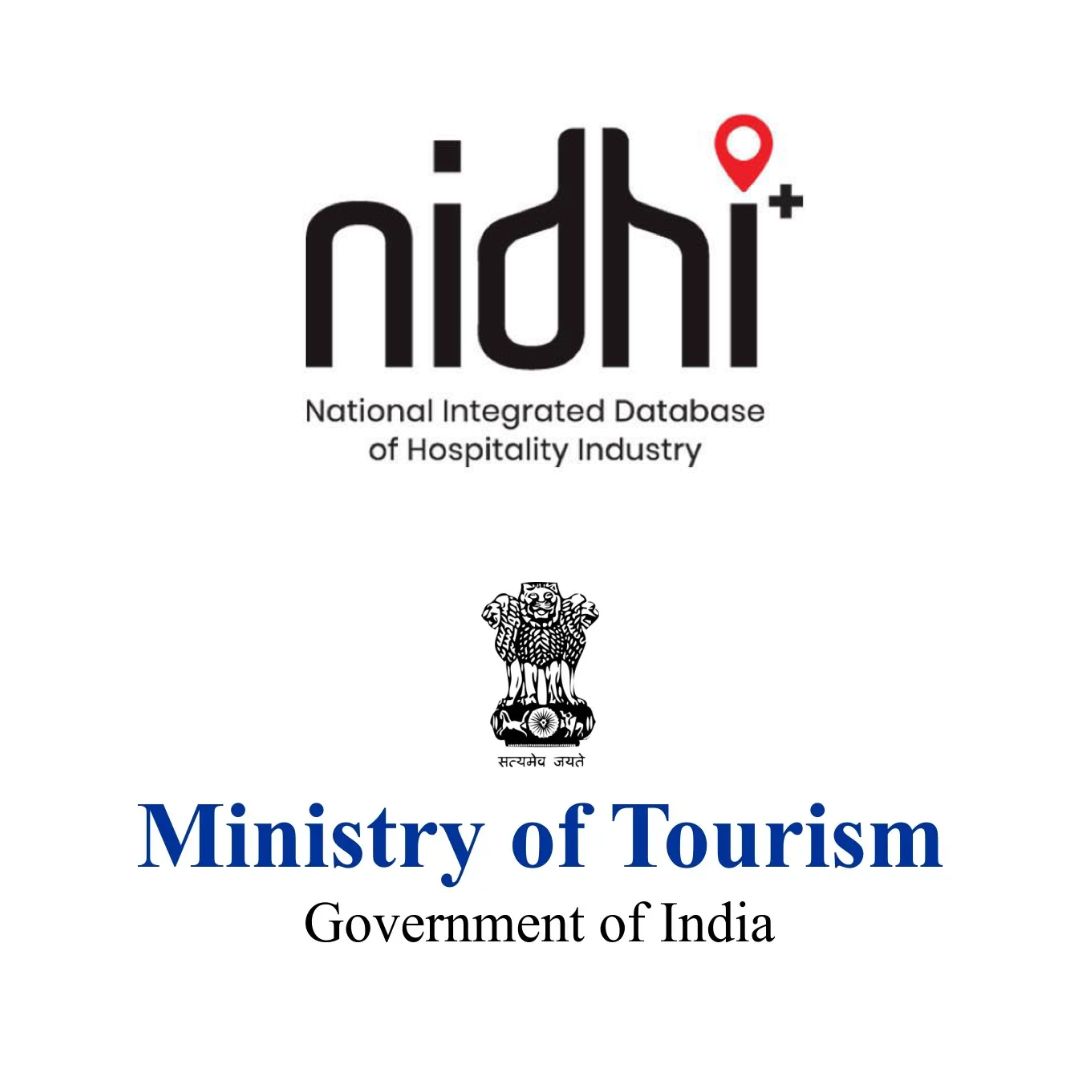The land of Ayodhya in Uttar Pradesh is a holy land. It is one of the sacred pilgrimages for the Hindus as it is the birthplace of Lord Ram (complete avatar of Lord Vishnu). The holy city of Ayodhya has recently seen history in making as Lord Ram Temple was consecrated on the land that was controversial for more than 70 years. It took long years of protests, court cases and rivalries between the Hindus and the Muslim for the contested land.
Let’s know more about this holy city, places to visit and what’s more in store for you in Ayodhya.
HISTORY
The land of Ram Janmabhoomi was contested among the Hindus and Muslim. Its history dates back to the 16th century when Mughal commander Mir Baqi destroyed a pre-existing Hindu temple which was known as the birthplace of Lord Ram. The Mughals tore down the temple and built a mosque for Emperor Babur.
In the colonial era, both Hindus and Muslims used to pray at the site but confrontation existed to prove their claims on the disputed land.
On the historic date of 9th November 2019, the five bench judge committee pronounced the verdict in the favour of Hindus and asked to build a Ram temple at the site. The court also allotted 5 acre land to muslims to construct a grand mosque, thus giving a message of harmony and unity in diversity. The
The decision was welcomed and today, Ayodhya has a grand temple dedicated to Lord Rama. Thousands of devotees visit Ayodhya to see the iconic temple as well as to offer their prayers.
Places to visit in Ayodhya:
Ram Mandir (Lord Ram Temple)
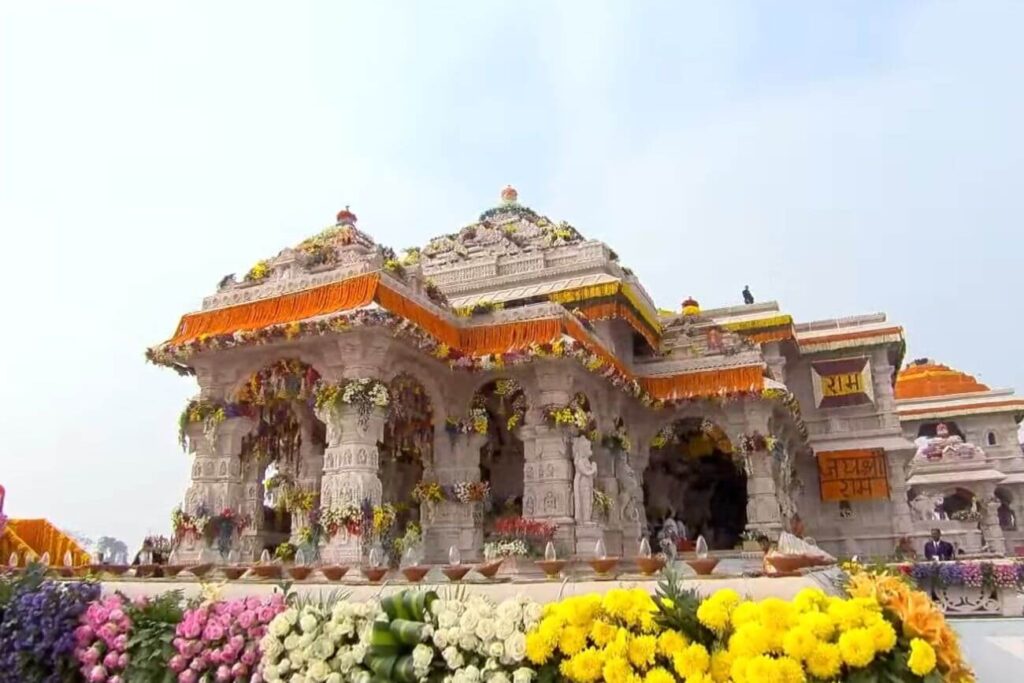
The Ram Mandir or Ram Temple is a beautiful Hindu temple started building in 2020 and is one of the grandest temples dedicated to Lord Ram.
The architecture style of the temple is similar to other temples built in the Māru-Gurjara architecture.
The design of the temple was designed by the Sompura family of Gujrat who have designed over 100 temples and their 15th generation is continuing their legacy.
The iconic temple follows the architectural guidelines of Vastu Shastra and Shilpa Shastra.
Saryu Ghat
Saryu Ghat in Ayodhya is a prominent riverfront on the river Saryu which is a sacred river passing through the city. There is a mention of this river in the ancient Hindu epic ‘Ramayana’.
It is believed that Lord Rama upon fulfilling his purpose concluded his life at Saryu Ghat and went to his abode.
Hanuman Garhi Temple
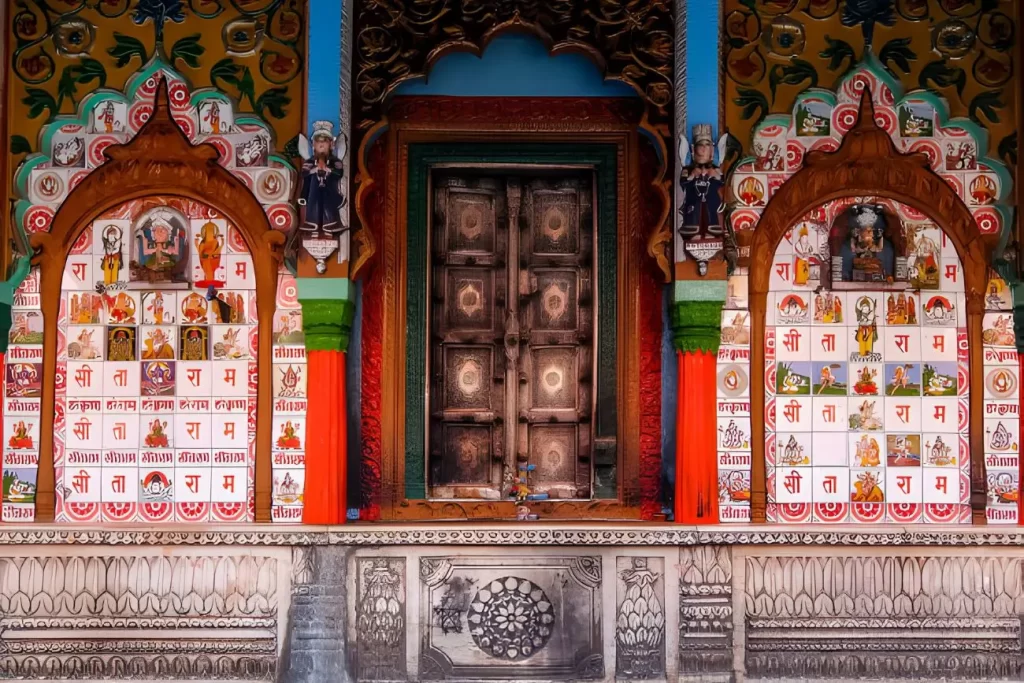
Lord Hanuman is an Indian god who is largely followed by Hindu devotees. The Hanuman Garhi temple is devoted to lord Hanuman who is an ardent follower of Lord Ram.
It is believed that the site where the temple is was once a cave where Lord Hanuman used to live and guard the Rama Janmabhoomi (Ram Kot).
Hence visitors to the city should first visit Hanuman Garhi temple before visiting Ram Mandir for worshipping Lord Ram.
Ram Kot
Ram Kot is the main place of worship near Hanuman Garhi temple. It is believed that Ram Kot is the exact place where Lord Rama was born. The place attracts thousands of devotees during the Ram Navami festival (the day of birth of Lord Rama).
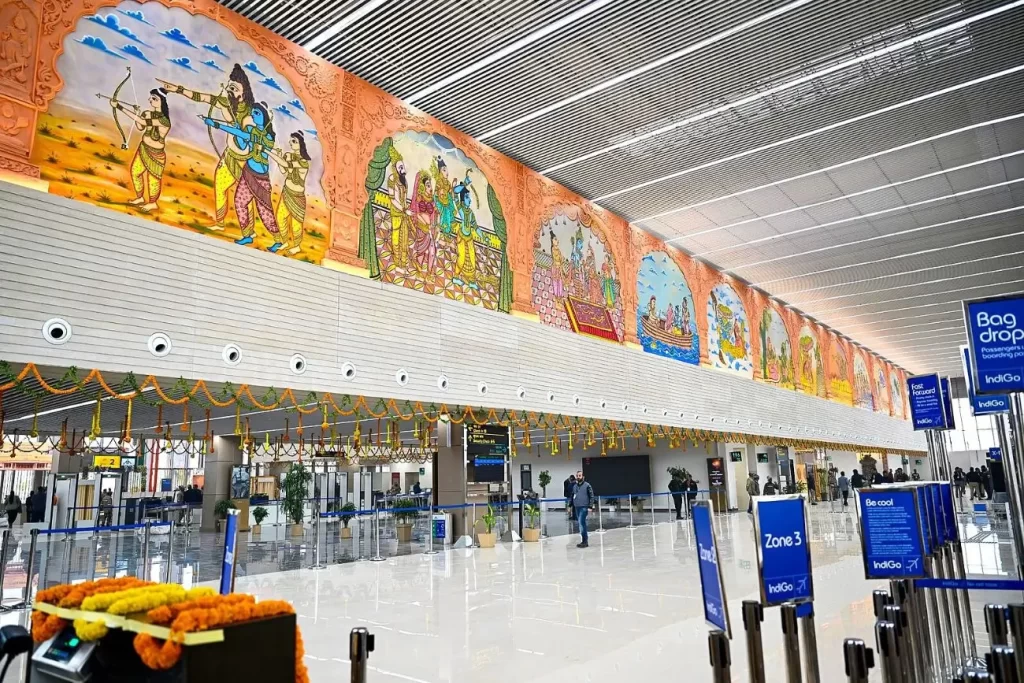
How to reach Ayodhya:
- Ayodhya Distance from Delhi: 706 km (10 hours)
- Book flights to Maharishi Valmiki International Airport
Best time to visit- (October – March)
Festivals in Ayodhya –
- Shravan Jhoola Mela (July-Aug)
- Parikrama Mela (Oct-Nov)
- Ram Navmi (Mar-Apr)
- Ram Vivah (Nov)
- Ramayan Mela (Dec-Jan)
What to shop in Ayodhya –
- Bangles
- Copper Vessels
- Holographic Posters
- Marble statues of gods and goddesses
